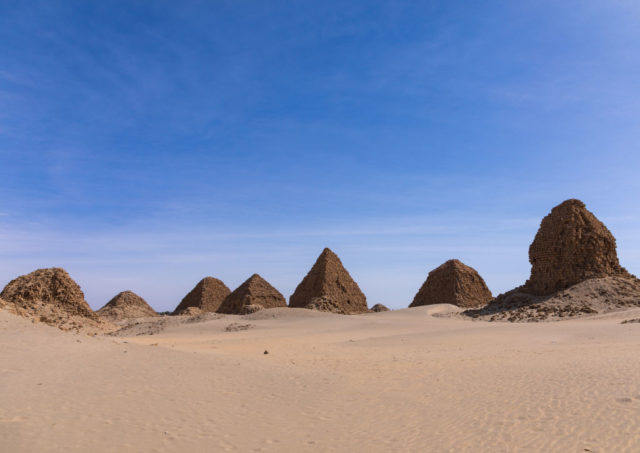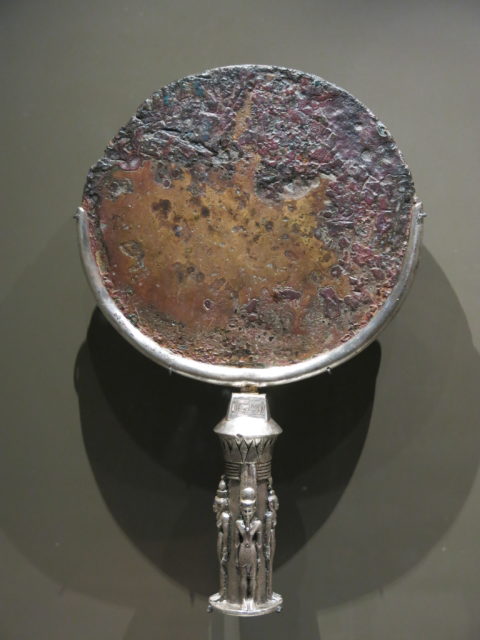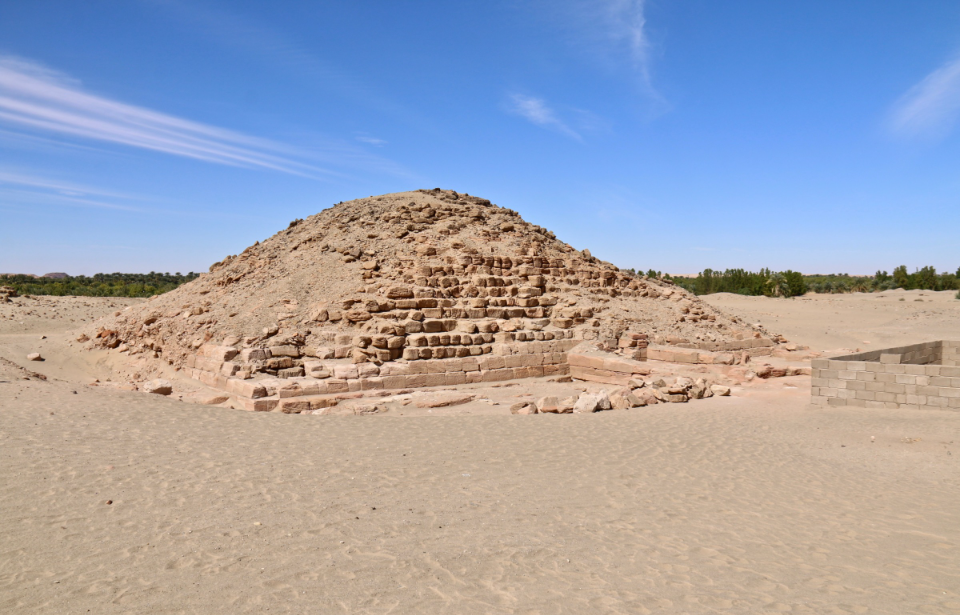Archaeological discoveries are always exciting, but especially when they come in the form of exploring a tomb that hasn’t been entered in a century. For Kristin Romey and Pearce Paul Creasman, their finding was made only more intriguing by the fact that they were investigating the flooded tomb of an ancient King of Kush, Nastasen. The pair began their incredible investigation by, literally, diving in.
The pyramids of Nuri
The pyramid of Nastasen is located in Nuri, modern Sudan. In this location, there are over 20 pyramids that were built for the ancient Nubian kings and queens. It was created serve as the royal necropolis for the nearby city of Napata, the first capital of the Kingdom of Kush. The number of remaining pyramids pales in comparison to how many there were at Nuri’s peak – likely over 80.

It took a period of roughly three centuries for these pyramids to be built, with the first constructed around 670 BC, and the last around 310 BC. This last pyramid was made for King Nastasen, who began his rule around 335 BC and is best known for defending his empire against an Egyptian invasion. Despite being one of the country’s ancient rulers, there is relatively little known about this king, which is part of the reason his tomb was designated for excavation.
Diving in
Nastasen’s tomb is one of many located under the Nuri pyramids that have been flooded as ground waters in Sudan have risen. The flooding required special archaeologists trained in underwater excavations, Romey and Creasman, to lead the research. Due to the water, the pair knew very little about the contents of the 2,300-year-old tomb or whether it had already been targeted by grave robbers. All they had were field notes made by George Reisner, an Egyptologist who visited Nuri a century ago.
Romey and Creasman wore diving gear for their expedition, as it was clear that there may not be any headroom for air in the chambers. Due to the small size of the areas they were diving in, however, they couldn’t even bring an oxygen tank with them. Instead, they received all their air through a line, like a hose, that was snaked through the tomb from the surface.
They were only given a small container of air to carry on their person in case of an emergency. To get into the tomb, Romey and Creasman had to crawl through a half-submerged opening that was the size of a relatively small television. As they dove further into the tomb, the water continued to get murkier. They continued on, pushing through to the final chamber where they made their discovery.
An amazing discovery
In the final chamber was a stone sarcophagus, believed to contain the remains of King Nastasen, located below the water level. This was a major finding, as so little is known about this ruler’s history. As they swam through the various chambers of the tomb, they also made smaller discoveries along the way. They took the time to fill buckets with sediment from the ground as they swam through each area, sifting it out when they had the chance.

More from us: Egyptologist Claims to Have Uncovered Location of Nefertiti’s Long-Lost Tomb
What they found was pure gold foil, which would have dissolved from figurines and other artifacts. This meant that grave robbers had not, in fact, looted the tomb. Romey, Creasman, and the team were left with the difficult task of removing the sarcophagus from the tomb, which will surely be a difficult task due to the water and the small size of the entrance. Creasman believes it’s possible, saying, “I think we finally have the technology to be able to tell the story of Nuri.”
